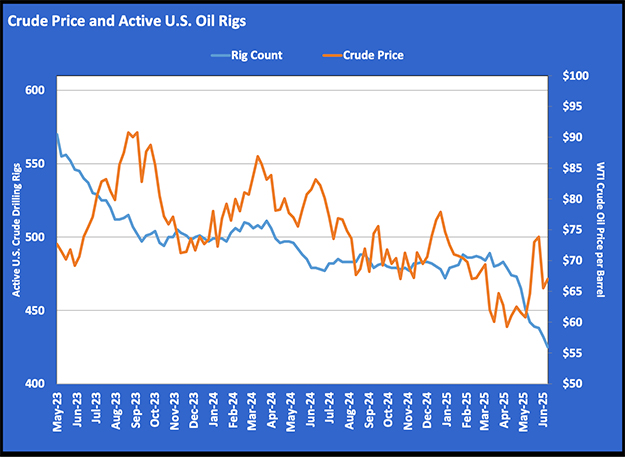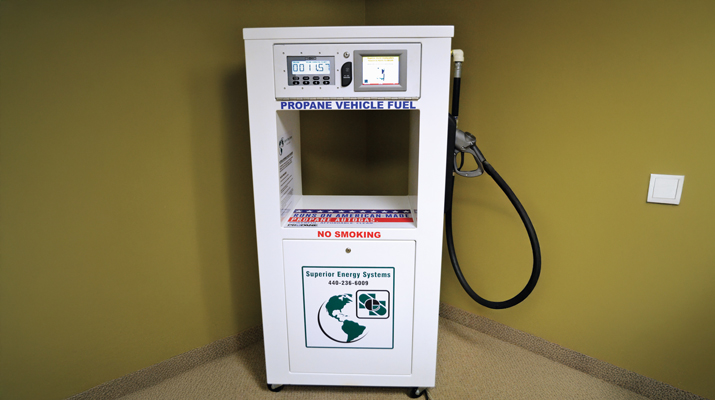Natural gas regulators serve as model for safer propane systems
I know everyone can appreciate new ideas in safety. I hope this message will allow you to do some “out of the box” thinking by looking into nontraditional technology that can assist you in providing additional levels of safety for your customers.
First, I share information on some safety features of natural gas regulators. As you may know, natural gas regulators conform to ANSI B109.4 standards, which describe overpressure shutoff (OPSO) and underpressure shutoff (UPSO). These features shut off the flow of gas vapor when the outlet pressure of the regulator reaches a determined maximum pressure or underpressure. The regulator remains closed until it is manually reset, allowing for an investigation to determine the condition causing the shutoff to activate.
The operation of these units varies a bit by manufacturer, but the basic principles are the same: The units sense downstream regulator pressure through a means (typically a tube). When overpressure or underpressure occur, a diaphragm moves, causing the mechanism to activate. Shutoff occurs when the seat disc is released to seal off the inlet side of the first-stage-of-regulation orifice.
Overpressure shutoff (OPSO)
In the diagram shown here, the OPSO/UPSO diaphragm is held down by the force of the pressure spring and senses outlet pressure through the sensing tube. When the outlet pressure builds, the diaphragm is forced up, and when the pressure reaches a set point, the OPSO spring forces the seat disc to close off the inlet flow of the first stage of regulation.
Underpressure shutoff (UPSO)
Normal operating downstream pressure compresses the OPSO/UPSO diaphragm spring and maintains a normal position by sensing the outlet pressure through the sensing tube. When the downstream pressure decreases, the diaphragm is forced down, and when the pressure reaches a set point, the UPSO spring forces the seat disc to close off the inlet flow of the first stage of regulation.
There are visual indicators to show the regulator is in normal operation. If the visual indicator is not correct, the shutoff device has activated and will have to be reset.
Possible propane uses
In some cases, propane marketers can use natural gas regulators in systems under the jurisdiction of the Pipeline and Hazardous Materials Safety Administration, typically known as jurisdictional systems. However, we cannot use them in the more traditional propane system.
I can see how this technology would be beneficial as an additional safety measure in the case of a ruptured diaphragm or valve seat failure, though. Currently, in these scenarios, gas vapors release until the service is shut off.
In an out-of-gas scenario, where the pressure goes so low the appliances stop working, nothing stops the flow should the pressure in the source container build.
A regulator with a UPSO device would activate once the low-pressure set point is reached, immediately shutting off the flow of gas.
This device would also prevent any flow of gas where the customer connected another source of propane to the system. In both cases, these devices would ensure no flow of gas until the mechanism is reset.
Since the customer would not be aware of how to reset the regulator, a service technician would have to be sent to investigate and resolve the condition that caused the shutoff to occur before reinstating service to the system.
Randy Warner is the product safety manager for Cavagna North America.
















